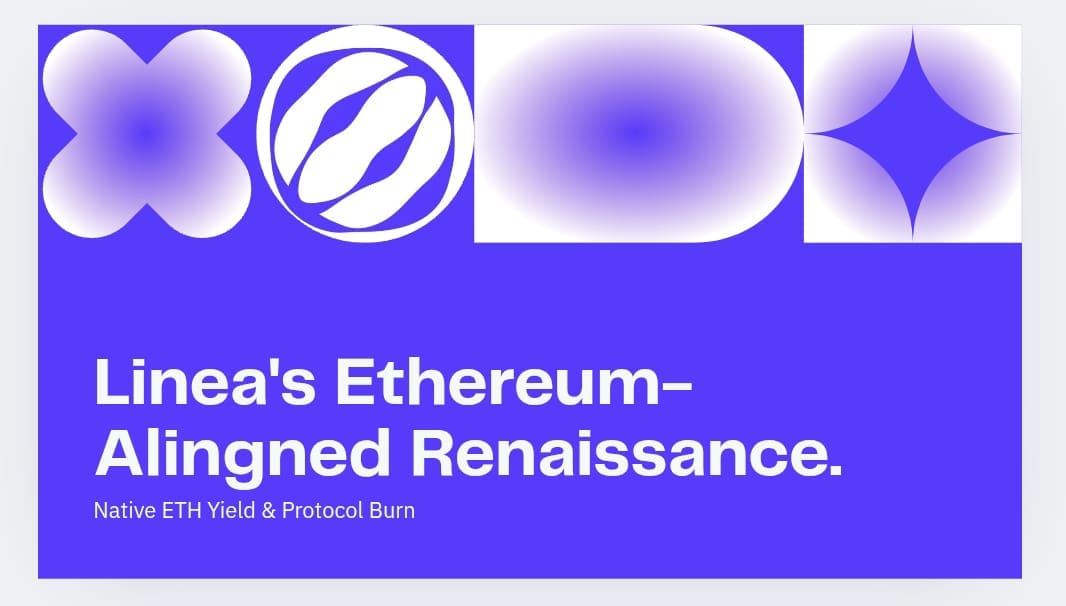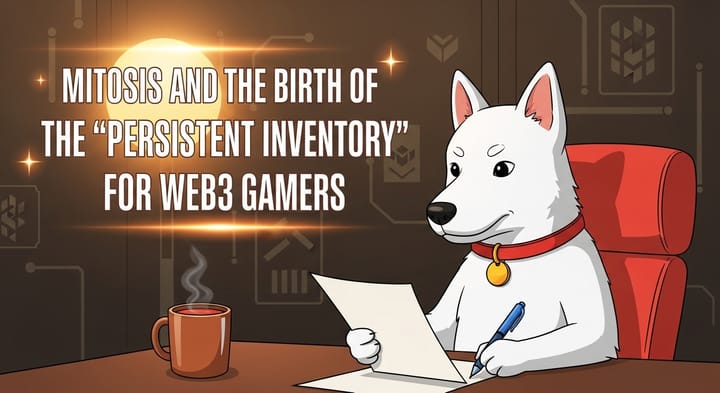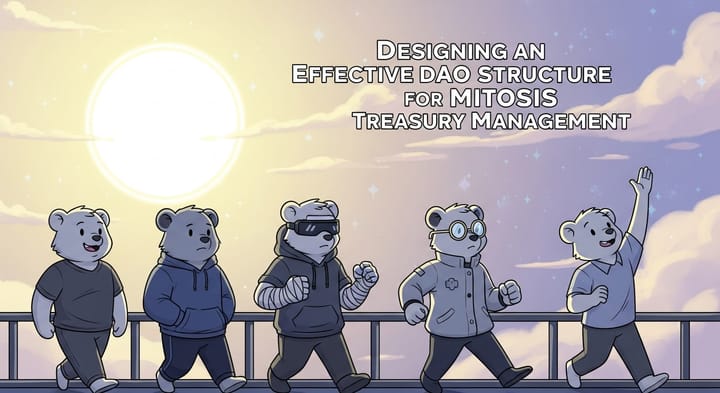Linea’s Ethereum‑Aligned Renaissance: Native ETH Yield & Protocol Burn.

Overview: Building the “Home for ETH Capital”
Linea, the Ethereum-native zkEVM Layer 2 by ConsenSys, announced a bold roadmap redefining its economic alignment with Ethereum. Set for deployment around October 2025 two flagship features will radically reshape Linea’s value model:
- Native ETH staking yield on bridged ETH
2. A dual-burn fee model: burning both ETH and native LINEA tokens.
Together with a massive tokenomics model and governance via an Ethereum-aligned consortium, these changes establish Linea as a modern standard for L2 alignment and usage-driven value accrual.
Native ETH Yield: Making Bridged ETH Productive
Launch date: Expected by October 2025
Mechanism: ETH bridged onto Linea can stay productive—staked directly on Ethereum, earning real staking rewards.
Rewards flow: Yield is reinvested into DeFi protocols, liquidity provisioning, and builder funding on Linea.
Objective: Encourage ETH inflows and long-term liquidity, creating a financial “flywheel” that ties staking rewards to DeFi value on Linea.
This native yield feature treats ETH not merely as gas but as a productive asset anchored to Ethereum’s security and staking economy.
Dual Burn Mechanism: Deflation for ETH and LINEA
1. ETH Burn (≈20% of net fees)
A unique protocol-level burn: 20% of all net transaction fees, collected in ETH, are permanently removed from circulation.
This is the first Layer 2 to burn ETH directly, reinforcing Ethereum’s deflationary dynamics and enhancing ETH’s monetary premium.
2. LINEA Token Burn (≈80% of fees)
The remaining 80% of fee revenue is converted to, and used to burn the native LINEA token.
With a fixed supply of \~7.2 billion tokens This deflationary model ties usage directly to token value appreciation.
The dual burn aligns both assets—ETH and LINEA—with real usage, embedding value capture organically into network activity.
Token Distribution & Governance
Total LINEA supply: ≈ 72,009,990,000 tokens (\~7.2B), mirroring early ETH issuance levels.
85% allocated to ecosystem:
9% for early users (Voyages, airdrops)
1% for strategic builders
75% managed through a 10-year ecosystem fund, with \~25% disbursed in the first 12–18 months, and the rest gradually over a decade.
15% reserved for ConsenSys treasury, locked under a five-year vesting schedule.
Governance: No DAO. Instead, the Linea Consortium featuring Consensys, Eigen Labs, ENS Labs, Status, SharpLink, and others will steward fund deployment with a formal charter.
Why This Matters: A New Template for L2 Economics
- Deep ETH Alignment
Linea treats ETH as the only gas token and bonds its economic design tightly with Ethereum’s values, enforcing compatibility at the protocol and token levels.
- Financial Flywheel
Native staking and yield create incentives for "bonded liquidity", reinforcing network usage, bridging activity, and reward cycles.
- Sustainable, Usage-Based Tokenomics
Rather than inflationary supply or speculative allocation, both ETH and LINEA burn models scale with usage creating deflationary pressure supported by real activity.
- Institutional-Friendly Governance
Eco fund oversight by respected Ethereum-native institutions, with delayed vesting for core treasury, aligns long-term vision with public goods and R\&D.
Final Takeaway
Linea’s native ETH yield and dual burn model redefine how a Layer 2 can truly support and amplify Ethereum’s economic base. Through these aligned mechanisms staking, supply reduction, and ecosystem funding, Linea becomes more than just a scaling solution: it acts as a financial extension of Ethereum’s core ethos.
By positioning ETH as productive capital and embedding deflationary incentives, Linea sets a new standard for Ethereum-aligned L2 design, one focused on value sustainability, decentralized governance, and developer incentives. Keep an eye out for October 2025, it could be a watershed moment in L2 evolution.
For more information see: https://university.mitosis.org



Comments ()